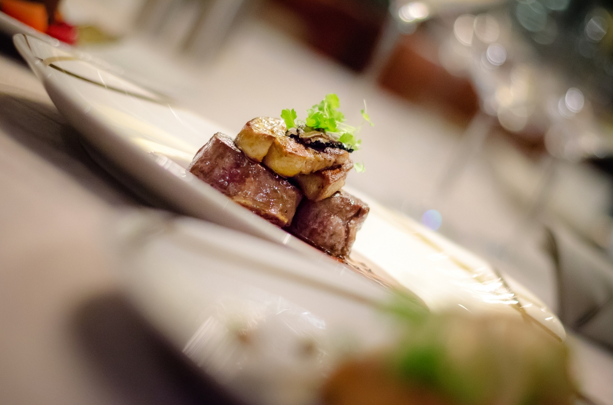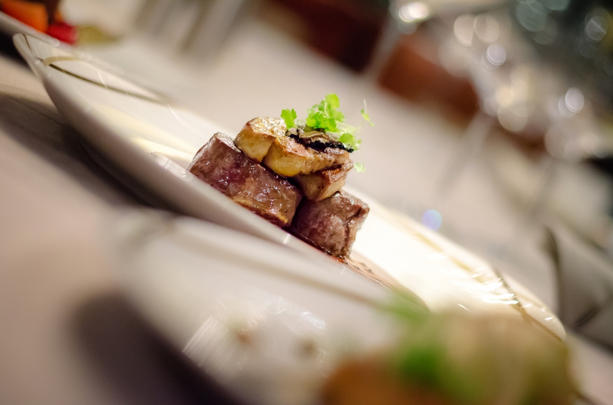Foie gras—fattened duck liver, a controversial delicacy—has been banned in California since 2012. On Jan. 7, a judge overturned the ban. At least for now, it’s legal. Chefs are excited to the brink of indecency. Animal rights activists sorting through the “mutilated bird” section of their iPhoto and readying their picket signs. Diners are looking to get a taste of this taboo foodgasm. It’s Foiemaggedon 2015. I’ve been talking to chefs, restaurateurs, foie gras farmers, activists and others involved in the fracas. Over the next few days, I will release a series of “Thoughts on Foie Gras,” with their insights and my own observations on the controversy.
#2: SOME REALLY BAD FOIE GRAS IS ABOUT TO HIT CALIFORNIA
Just because foie gras tastes like spiritual enlightenment doesn’t mean that every chef knows how to cook it. You have to de-vein it. You have to be very careful in preparing it. It’s been illegal for two years, during which time some young chefs have come of age. That means they haven’t cooked with it (or at least not much), and yet they’re calling the shots. It’s like giving your teenager the keys to a Ferrari. Good chance he’ll drive it into a tree. There are also different grades of foie gras—A, B or C. A is top of the line. B is fine for searing a lobe. C is cat food for rich people (not really, but it’s sub-par). And since foie is the current menu Jesus, saving restaurants from the otherwise “down month” of January, places that wouldn’t normally serve foie gras are going to give it a go. It’s going to end in expensive tears. For maximum enjoyment, make sure you trust your chef. Even better if he’s old and French.

PARTNER CONTENT
THOUGHTS ON FOIE GRAS #2


















